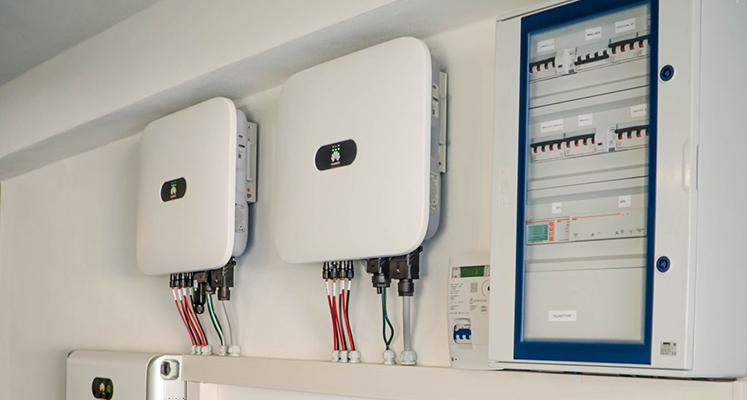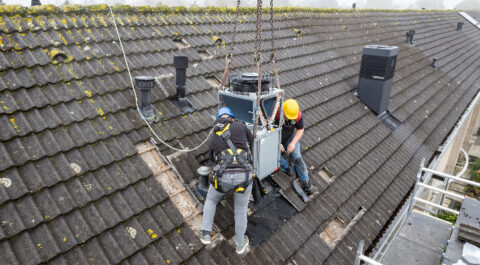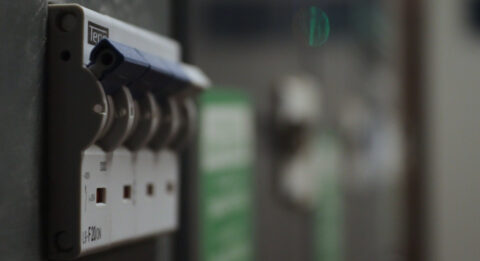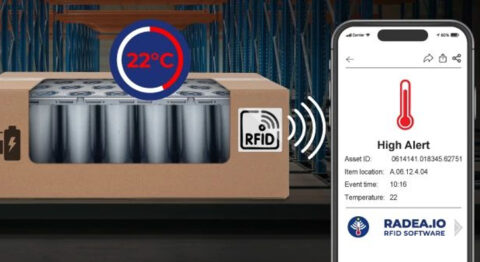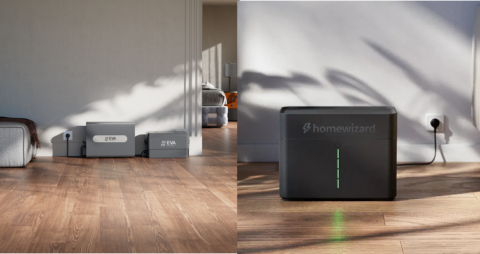A home battery is becoming interesting for more and more people. To use as much solar power as possible themselves, or to buy nice and cheap and use it during peak hours, but also to become optimally self-sufficient. There is a lot involved in the installation of a home battery. As an installer, what do you take into account?
Optimal location for home battery
A home battery is best placed in a non-humid room with as constant a temperature as possible and that can be well ventilated. This will benefit the life of the battery and this way the heat produced can be disposed of neatly. Consider a room such as a garage, basement, shed, or a technical room.
Home batteries can be quite large. Therefore, it is further important that sufficient space is available at that location for both installation and to perform work and maintenance on the equipment present.
Floor or wall
A home battery can be placed on a solid surface or attached to the wall with brackets, depending on the version. However, batteries are not only large, but also very heavy. Therefore, ensure that the wall can actually support this weight.
In addition, keep in mind that home batteries produce heat and therefore require breathing room and ventilation. If something like a wooden back wall is involved, it is better to apply a fireproof layer first.
Don't lift a break
That home battery does need to be brought from the car (van) to the installation site at some point. Given the weight, this is a job you often don't do on your own and thus requires a colleague to assist. Especially if you encounter one or more stairs along the way. Unless it is a modular system, then the weight is evenly distributed over the modules.
Home battery outside
Some home batteries can be placed outdoors, or optionally indoors or outdoors. With an outdoor location, shelter is important, in order for the battery to perform optimally and be as protected from the elements as possible. Consider fending off direct sunlight, rain and humidity, as well as being sheltered from high winds and freezing temperatures. Otherwise, do not allow the battery (casing) to make direct contact with the ground.
Always follow the instructions in the installation manual, both for outdoor and indoor installation, and except of course for all steps to be taken during installation.
Bi-directional converter
A home battery requires a bi-directional inverter, because direct current and alternating current must be able to be converted in both directions. If there are no solar panels at the site (yet), or they are installed at the same time as the home battery, then it is a matter of connecting the new inverter in the prescribed manner and connecting it to a free group in the meter box.
If solar panels do exist, chances are that the existing inverter is not suitable for a home battery because it only works in one direction and provides alternating current. The bi-directional home battery inverter you install will then convert this back to direct current so it can be stored in the home battery. This solution is a bit less efficient, though, because each additional conversion produces some loss.
Hybrid inverter
In consultation with the customer, you can also opt for a hybrid inverter, if it is technically possible. This hybrid inverter combines the functions of a uni-directional inverter (solar panels) and a bi-directional inverter (home battery) in the same device. This works most efficiently and is also space-saving.
By the way, an inverter also produces heat, so roughly the same placement considerations apply as mentioned earlier (breathing room, ventilation, fireproof back wall). In addition, internal ventilation produces noise, making it better not to place an inverter in a residence hall or bedroom.
Approved installer
Always check early on whether a smart meter, digital meter, or analog meter that can count back is present. This is perfectly possible during an exploratory discussion with the customer. If there are solar panels on the roof, that is probably already in order. Preferably also stress the importance of a certified installer during such a meeting. Because consumers in particular sometimes have the unjustified impression that every home battery is completely 'plug and play'.
Well prepared on the road
There is an enormous amount involved in installing a home battery. That is why it is also important to look around on location beforehand to assess the situation. For example, what is the best place for a home battery and should space be cleared here first? How do you integrate the battery into the existing situation? What does the cable route look like and what is the situation in the meter box? The more you know, the smoother your later installation will be.
